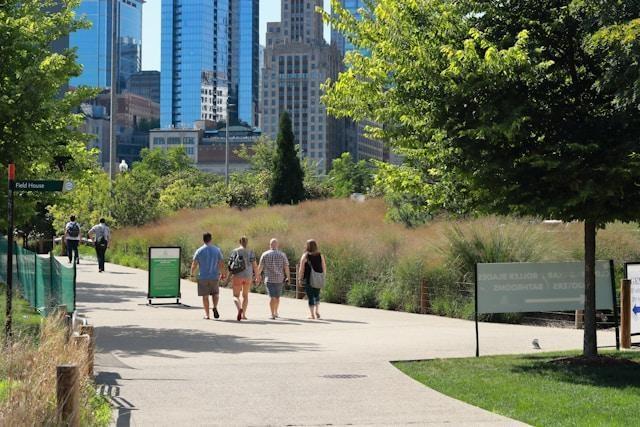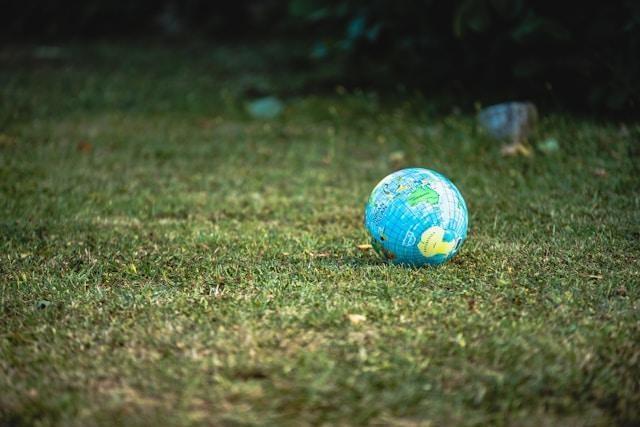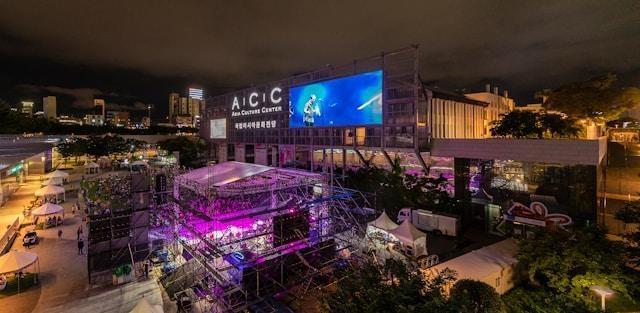
Urban green spaces have become essential havens in modern cities. They bring balance to concrete environments, offering residents areas to relax, connect with nature, and gather as a community. As these spaces grow in importance, design strategies that extend their usability and beauty after sunset are equally vital. That’s where landscape lighting designs come in. With advancements in LED lighting and LED display technology, these designs go far beyond safety and visibility. They enhance aesthetics, create atmosphere, and foster stronger community engagement, making city parks and gardens just as lively at night as they are during the day.
The Role of LED Lighting in Landscape Lighting Designs
LED lighting has completely reshaped how designers approach urban green spaces. Unlike older lighting systems, LEDs are energy-efficient, long-lasting, and versatile. Their adaptability makes them perfect for spaces that demand both functionality and creativity. From illuminating pathways to highlighting architectural features, LEDs provide precision control with minimal environmental impact. This technology also supports smart lighting systems, allowing cities to adjust brightness and color temperatures based on time of day, weather, or specific events.
Balancing Functionality and Atmosphere
Effective lighting design in urban green spaces must go beyond utility. Bright lights are useful for safety, but overly harsh illumination can ruin the natural feel of a park. Designers aim to balance function and atmosphere by layering different types of LED fixtures. Softer ambient lighting can create a welcoming mood, while focused lights provide clarity along paths or near seating areas. By combining these approaches, cities encourage people to use green spaces well into the evening without compromising comfort.
Collaboration in Design and Planning
Designing lighting systems for urban green spaces often requires teamwork. Planners, architects, engineers, and community leaders must collaborate to ensure the project meets diverse needs. Just as choosing the best long-distance mover when moving across the country is important, cities would want to team up with the right people and join forces to create sustainable and inspiring environments. Working together ensures that the final design reflects both technical expertise and community values.
Highlighting Natural Features with LEDs
One of the most effective ways to use lighting in green spaces is to highlight trees, shrubs, and water features. LED uplighting can cast dramatic shadows on tree canopies, while subtle ground-level lights accentuate flower beds or ornamental grasses. In areas with fountains or ponds, underwater LED lighting adds sparkle and movement, making these features focal points even after dark. The flexibility of LED technology means that colors and intensities can be tailored to reflect seasonal themes or community events.
Pathway and Safety Considerations
Safety remains a primary concern in urban landscapes. Well-lit pathways encourage walking, jogging, and cycling at night, which supports healthier and more active communities. LEDs are particularly effective because of their uniform light distribution and low glare. Designers often integrate bollard lights, recessed pathway lights, or pole-mounted fixtures to ensure that visitors can move confidently throughout a space. These solutions reduce accidents while enhancing the visual flow of the environment.
Integrating LED Displays into Urban Green Spaces
LED display technology is increasingly being incorporated into green spaces as a way to combine art, information, and community engagement. Digital displays can share public announcements, weather updates, or upcoming events. They can also double as interactive art installations, transforming a simple walk into a dynamic experience. With careful integration, LED displays complement natural surroundings rather than overwhelm them. When designed thoughtfully, they enhance the identity of the space while providing practical value to residents and visitors.
Energy Efficiency and Sustainability
Sustainability is a cornerstone of urban planning today, and LED technology directly supports these efforts. LEDs consume significantly less energy compared to traditional lighting, helping cities lower utility costs and reduce carbon footprints. Their long lifespan also minimizes the need for frequent replacements, cutting down on waste. Solar-powered LED fixtures are becoming increasingly popular in parks and community gardens, further aligning with environmental goals. By adopting these solutions, cities can demonstrate leadership in green initiatives while improving public spaces.

Creating Zones with Layered Lighting
Urban green spaces often serve multiple functions, from quiet relaxation areas to active playgrounds or performance zones. Layered LED lighting allows designers to define these zones clearly. For example, warm-toned lights might highlight seating areas for social gatherings, while brighter, cooler tones illuminate sports courts. LED displays can even act as backdrops for concerts or film nights, creating multifunctional environments. This thoughtful zoning enhances usability and encourages different groups of people to enjoy the space simultaneously.
The Social Impact of Lighting Design
Beyond aesthetics and function, lighting has a powerful social impact. Well-lit spaces foster a sense of safety and belonging, encouraging residents to gather and connect. Evening markets, outdoor performances, and cultural events all rely on effective lighting to succeed. When people feel comfortable using green spaces after dark, community bonds strengthen, and urban life becomes more vibrant. In some ways, designing with light is similar to urban storytelling, where LEDs and displays guide how people experience their surroundings.
Future Trends in LED and Display Technology
Looking ahead, LED and display technologies are expected to become even more advanced. Smart sensors will allow lights to adjust automatically based on occupancy, weather conditions, or specific times of day. Augmented reality elements could merge with LED displays, offering interactive experiences in public parks. Even more efficient LEDs, coupled with renewable energy sources, will further reduce environmental impact. As technology evolves, designers will continue to find innovative ways to merge functionality with artistic expression, keeping urban green spaces vibrant and relevant.

Transforming Ordinary Landscapes Into Extraordinary Experiences
Urban green spaces are more than patches of greenery in cities; they are vital to community well-being and cultural identity. Thoughtful landscape lighting designs, powered by LED innovation and display technology, ensure these spaces remain engaging and safe long after sunset. By balancing function, beauty, and sustainability, cities can transform ordinary landscapes into extraordinary experiences. The future of urban lighting lies not just in illuminating pathways, but in shaping environments that inspire connection, creativity, and a deeper appreciation of the spaces we share.